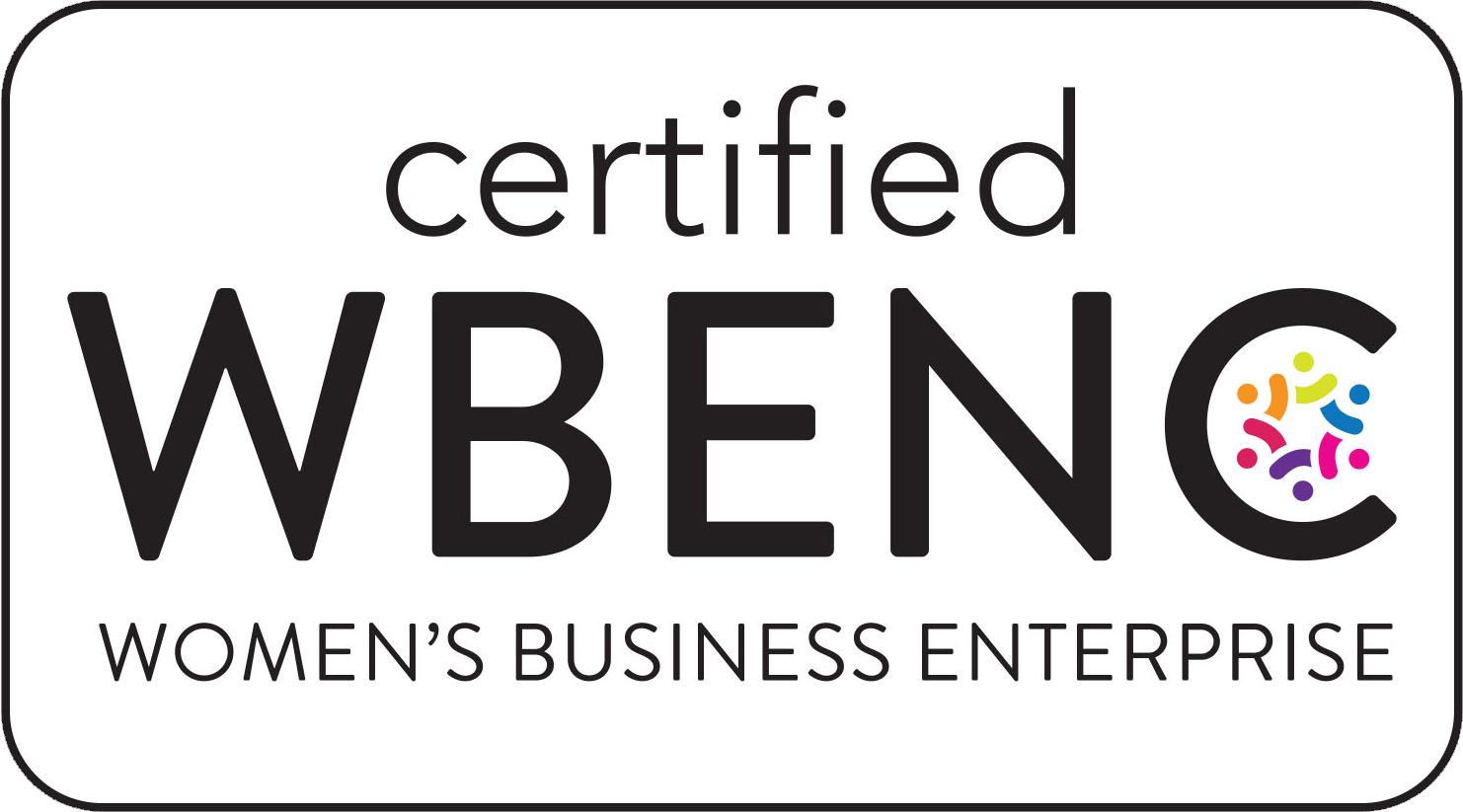A summary annual report is a condensed version of the Form 5500 report, which plan administrators must file with the Department of Labor for each ERISA-covered plan. Most ERISA-covered pension and health and welfare plans are required to distribute Summary Annual Reports (SARs.) The purpose is to provide information to plan participants and beneficiaries of the plan’s financial condition as well as information reported on the current year’s Form 5500.
The SAR must be distributed to plan participants within nine months after the close of the plan year or 2 months after the close of the period for which an extension of time for filing the Form 5500, annual report, has been granted.
The SAR is a required disclosure but is not filed with any governmental entity.
There are exemptions to the SAR distribution rules, such as:
- Totally unfunded welfare plans, i.e. benefits are paid solely out of general assets of the employer and the Plan does not offer any insured benefits,
- Small welfare benefit plans with less than 100 participants,
- Apprenticeship and other training plans,
- Pension plans that are unfunded or fully insured maintained by the employer for a select group of management or highly compensated employees, i.e. SEP Plans,
- Unfunded or insured welfare plans maintained by an employer for the purpose of providing benefits for a select group of management or highly compensated employees,
- Day care centers, and
- Dues financed pension and welfare plans
The report must be distributed to all participants and beneficiaries covered under the plan at any time during the plan year. There are no exceptions for terminated participants.
The following methods are acceptable for delivery of the SAR to plan participants:
- By hand
- By mail
- Via a special insert in a periodical distributed to employees, i.e. a newsletter or company publication
- Via electronic media if
- appropriate and necessary measures are taken to ensure that the system for furnishing the SAR results in actual receipt by participants,
- the SAR is prepared and furnished in a manner consistent with the applicable style, format, and content requirements required by law,
- each participant is provided notice, through electronic means or in writing, apprising the participant of the SAR to be furnished electronically, the significance of the SAR and the participant’s right to request and receive, free of charge, a paper copy, AND
- upon request, a paper copy of the SAR is delivered to the participant.
The SAR must include content that is consistent with the rules laid out in 29 CFR 2520.104b-10. The information used to complete the SAR is based on information contained in the most recent Form 5500 which is required to be filed in accordance with ERISA. Any portion of the Form 5500 which is not applicable to the plan to which the SAR relates, or which would require information which is not required to be reported on the Form 5500, may be omitted. If the plan administrator determines that additional explanation is necessary to fairly summarize the Form 5500, the information can be added to the SAR under a heading, “Additional Explanation.”
There are special rules for Small Pension Plans. Plans that do not meet the Small Pension Plan Audit Waiver Regulations are required to attach an independent accountant’s opinion to the Form 5500 and provide the appropriate disclosure on the SAR.
The administrator of an employee pension benefit plan that is required to complete Schedule I of the Form 5500 is not required to engage an independent auditor provided:
- At least 95 percent of the assets of the plan constitute “qualifying plan assets”; OR
- Any person who “handles” assets of the plan that do not constitute qualifying plan assets is appropriately bonded in accordance with ERISA section 412 and DOL Regulation 29 CFR 2580.412-6; AND
- Certain required disclosures are made in the plan’s summary annual report (SAR).
Certain required disclosures required in the plan’s SAR include identifying (1) who hold the plan’s assets, (3) more specific detail about investments, and (3) increased fidelity bonding levels.
